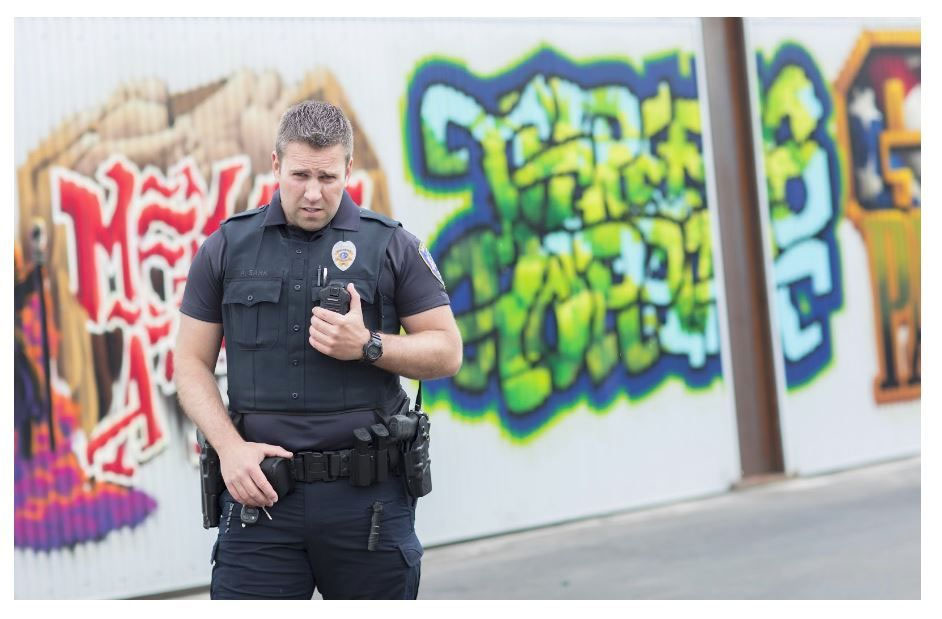 Picture this: a typical uniformed law enforcement officer carries a weapon, two-way radio, remote speaker microphone, baton, pepper spray, handcuffs, gloves, ammunition, at least one smartphone and a personal device, while wearing ballistic body armor under their uniform. That’s a lot of gear to carry around and be ready to run with in an instant. Now there is a nationwide push to add police body-worn cameras (BWCs) to the mix.
Picture this: a typical uniformed law enforcement officer carries a weapon, two-way radio, remote speaker microphone, baton, pepper spray, handcuffs, gloves, ammunition, at least one smartphone and a personal device, while wearing ballistic body armor under their uniform. That’s a lot of gear to carry around and be ready to run with in an instant. Now there is a nationwide push to add police body-worn cameras (BWCs) to the mix.
Before purchasing BWCs, you should recognize how this new piece of technology can impact frontline officers’ ability to successfully do their job and protect the community. To get the best results, reduce complexity, and ultimately help law enforcement better achieve their mission, we are outlining the most important things to consider when evaluating a BWC solution in this four part blog series.
Consideration #2: Police Officers Have Equipment Overload – Don’t Add To It
Think back to that laundry list of equipment law enforcement officers are carrying and add to it the technology in the police car, such as the radio, dashboard displays, a laptop and more. The technology overload officers face can make it hard to justify adding anything else. Yet, BWCs are rapidly becoming mandatory, requiring the adoption of a new piece of technology with minimal consideration to the burden it places on officers.
Unfortunately, many BWCs are additive in nature, some even requiring a companion smartphone to manage the video, placing additional burdens on users. While the BWC/ smartphone combination may intend to create procedural efficiencies by allowing officers to tag video in the field, it inevitably leads to efficiency shortfalls because it adds to the sheer number of devices that have to be accounted for, secured and managed. Instead, a BWC should be about facilitating transparency and accountability without making an officer’s life and the agency’s operations more complex. An officer already has new policies to learn and new BWC standard operating procedures to memorize, so why add another distraction?
One way to reduce this burden is to use BWCs that do more than just capture video. For instance, a BWC with an integrated user interface can eliminate the need to carry an extra smartphone while still allowing advanced features such as remote video tagging. Integrating remote speaker microphone (RSM) capabilities into the BWC can also go a step further to remove the need for multiple devices.
Stay tuned as we outline our next consideration for deploying the right BWCs for your officers. If you can’t wait and want to know our four considerations now, check out our Digital Evidence 101 page for that exclusive content plus much more!
Check out Part 1 of this series.




